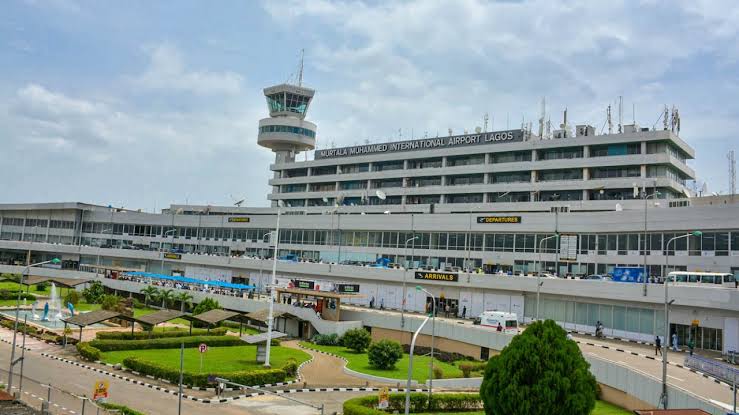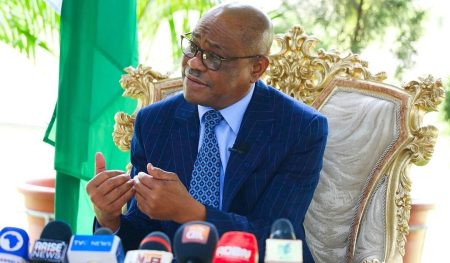The Murtala Muhammed Airport Terminal 1, a critical hub of Nigeria’s aviation network, is on the cusp of a significant refurbishment project, projected to cost a staggering N712 billion. However, this ambitious undertaking faces a potential setback of at least three months due to the Federal Airport Authority of Nigeria’s (FAAN) decision to construct a temporary terminal. This interim structure will serve as a functional space for airline operations, accommodating front desk personnel, airport staff, and passengers while the existing terminal undergoes renovations. This decision, while seemingly prudent in ensuring continued airport operations, introduces a new layer of complexity to the project’s timeline and execution.
The need for a temporary terminal emerged from discussions between FAAN and the Airline Operators of Nigeria (AON). The consensus reached was to erect a temporary structure adjacent to the new terminal, allowing airlines to maintain operations in the old terminal until the interim facility is fully operational. This phased approach aims to minimize disruption to air travel during the refurbishment process. Only after the relocation to the temporary terminal will the demolition and reconstruction of the old terminal commence. However, the construction of this temporary facility is estimated to require three months, effectively adding to the overall project duration.
FAAN has confirmed the plan to establish a temporary operating base for all airport users. While the authority assures that work will commence once all necessary arrangements are finalized, the introduction of this interim phase adds a layer of uncertainty to the already complex project. The original 22-month timeline, slated for completion in May 2027, is now in question, with the three-month delay for the temporary terminal construction pushing the projected completion date further out. Even without this delay, industry insiders express skepticism about the feasibility of meeting the original May 2027 deadline.
The hefty N712 billion price tag attached to the renovation of the E and D wings of the old terminal has ignited considerable public debate and sparked outrage among many Nigerians. The sheer scale of the investment has raised questions about its justification and cost-effectiveness. The Minister of Aviation and Aerospace Development, Festus Keyamo, has defended the project, emphasizing the urgent need to address the decaying infrastructure of the terminal, expand its capacity, and elevate its standards to align with modern global benchmarks. He argues that the investment is essential to maintain the airport’s competitiveness and ensure the safety and comfort of travelers.
The planned refurbishment encompasses a comprehensive overhaul of the terminal’s infrastructure, aiming to modernize its facilities and enhance its operational efficiency. The scope of the project includes upgrades to critical systems such as baggage handling, security checkpoints, and passenger flow management. Additionally, the renovation seeks to improve the overall aesthetic appeal of the terminal, creating a more welcoming and comfortable environment for travelers. The objective is to transform the aging terminal into a state-of-the-art facility that reflects Nigeria’s growing prominence in the aviation sector.
However, the project’s progress remains contingent on addressing several key challenges. The construction of the temporary terminal adds a significant variable to the equation, requiring meticulous planning and execution to minimize further delays. Furthermore, managing the logistical complexities of relocating airport operations to the temporary facility while maintaining a smooth flow of passenger traffic presents a considerable undertaking. Effective communication and coordination between FAAN, the airlines, and other stakeholders will be crucial to navigating this transitional phase successfully. Moreover, ensuring transparency and accountability in the project’s financial management will be essential to address public concerns and maintain public trust. The successful completion of this ambitious refurbishment project will significantly impact Nigeria’s aviation landscape, enhancing its capacity to handle growing passenger volumes and solidify its position as a key player in the region’s air travel network.














